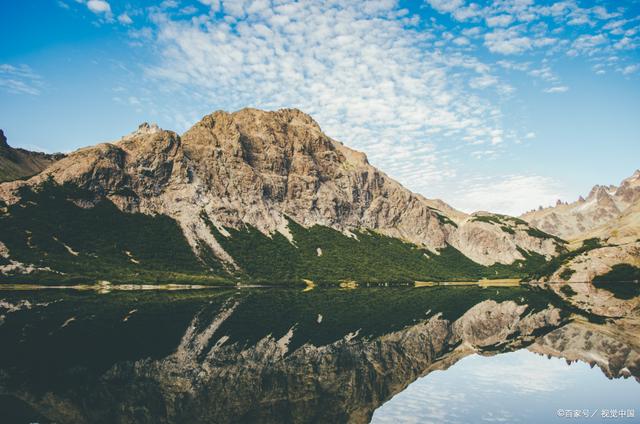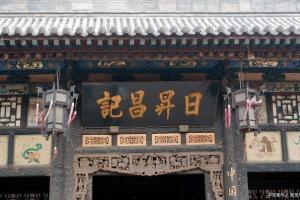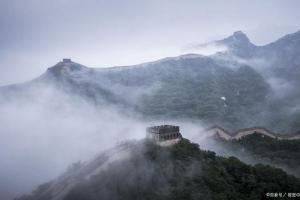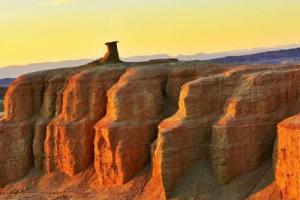What you must know about China's natural environment and cultural landscape

rivers
The Yangtze River is the longest river in China and the third longest river in the world (the Nile River is the first and the Amazon is the second). The Yangtze River originates from the Tanggula Mountains and flows through 11 provinces (cities) into the East China Sea. Among the tributaries of the Yangtze River, the Jialing River has the largest drainage area, and the city formed by the intersection of the Jialing River and the main stream of the Yangtze River is Chongqing; The longest is the Han River, and the city formed by the intersection of the Han River and the main stream of the Yangtze River is Wuhan.
The Yellow River: Originating from the Bayankala Mountains, flowing through 9 provinces and flowing into the Bohai Sea. The Yellow River flows through the Loess Plateau. Due to severe soil erosion on the Loess Plateau, the river carries a large amount of sediment, which accumulates in the middle and lower reaches, forming above ground rivers/suspended rivers (with a higher riverbed than both banks).
lake
Poyang Lake is the largest freshwater lake in China, located in Jiangxi;
Qinghai Lake is the largest saltwater lake in China and also the largest lake in terms of area;
Namco is the world's highest elevation lake.
island
Three major islands: Taiwan Island (the largest), Hainan Island, and Chongming Island.
Four major islands: Zhoushan Islands (the largest), Miaodao Islands, Penghu Islands, South China Sea Islands.
Three major peninsulas: Shandong Peninsula (the largest), Liaodong Peninsula, and Leizhou Peninsula.
mountain range
East-west direction:
Tianshan: located in Xinjiang, it is divided into two major parts: southern Xinjiang and northern Xinjiang; It is the boundary between Tarim Basin and the Junggar Basin. The Tianshan Mountains are located in the middle of the "three mountains sandwiched between two basins".
Yin Mountain: The boundary between traditional agriculture and animal husbandry. "Do not teach Hu Ma how to navigate Yin Mountain." To the north of Yin Mountain is animal husbandry, while to the south of Yin Mountain is traditional agriculture.
Kunlun Mountain: The boundary between the first and second steps of the terrain, known as the "ancestor of all mountains.".
Qinling Mountains: The Qinling and Huaihe Rivers are important geographical boundaries in China, including the north-south boundary, the January zero temperature isotherm, the annual precipitation line of 800 millimeters, and the boundary between subtropical monsoon climate and temperate monsoon climate.
North South direction:
Helan Mountain, Liupan Mountain, and Hengduan Mountain Range.
Northeast southwest direction:
The Great Xing'an Mountains - Taihang Mountains, Wushan Mountains, and Xuefeng Mountains are divided by two or three terraced terrain.
Changbai Mountain, Mount Wuyi, Taiwan Mountains.
Northwest southeast direction:
Mount Taishan and Qilian Mountains.
Arc-shaped mountain range: The Himalayas are the highest mountain range, with its main peak located on the border between China and Nepal.
Three Mountains and Five Peaks
Three mountains: Mount Huangshan Mountain in Anhui Province, Lushan Mountain in Jiangxi Province, Yandang Mountain in Zhejiang Province.
Five Mountains: Mount Taishan Mountain in the east (Shandong, the first of the five mountains), Huashan Mountain in the west (Shaanxi, famous for its danger), Hengshan Mountain in the north (Shanxi), Hengshan Mountain in the south (Hunan), Songshan Mountain in the middle (Henan, with Shaolin Temple).
Famous mountains and caves
Four famous Buddhist mountains: Mount Wutai in Shanxi, Mount Jiuhua in Anhui, Mount Putuo in Zhejiang and Mount Emei in Sichuan.
Four famous Taoism mountains: Wudang Mountain in Hubei, Qingcheng Mountain in Sichuan, Longhu Mountain in Jiangxi, and Qiyun Mountain in Anhui.
Four major grottoes: Mogao Grottoes, Yungang Grottoes, Longmen Grottoes, and Maijishan Grottoes.
Ethnic festivals
Han nationality: Spring Festival, Yuanxiao (Filled round balls made of glutinous rice-flour for Lantern Festival), Cold Food Festival, Qingming Festival, Dragon Boat Festival (drinking realgar wine), Qixi Festival, Mid-Autumn Festival, Double Ninth Festival (drinking chrysanthemum wine).
Minority ethnic group: Zhuang ethnic group: March 3rd Song Festival (in memory of the Song Immortal Liu Sanjie); Hui ethnic group: Eid al Fitr and Gurban Festival; Mongolian: Nadam; Dai ethnic group: Water Splashing Festival; Tibetan: Xuedunshi/Tibetan Opera Festival; Yi ethnic group: Torch Festival









